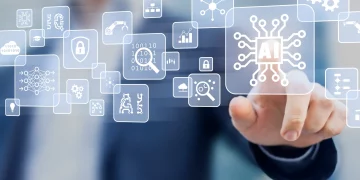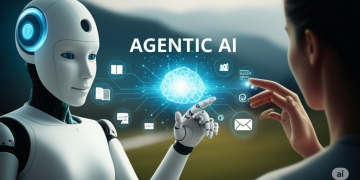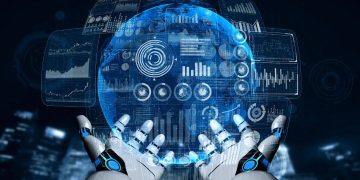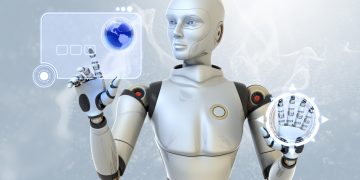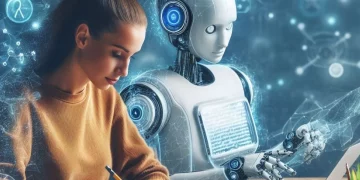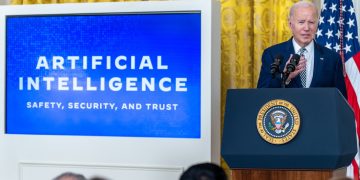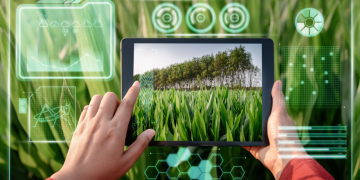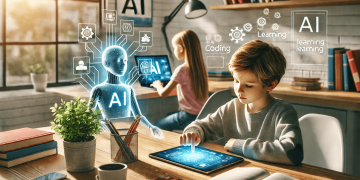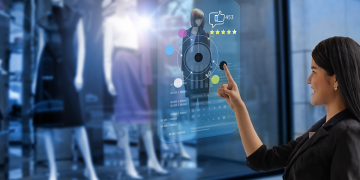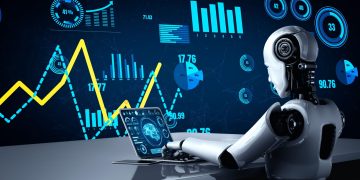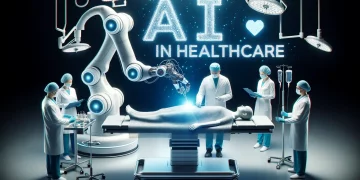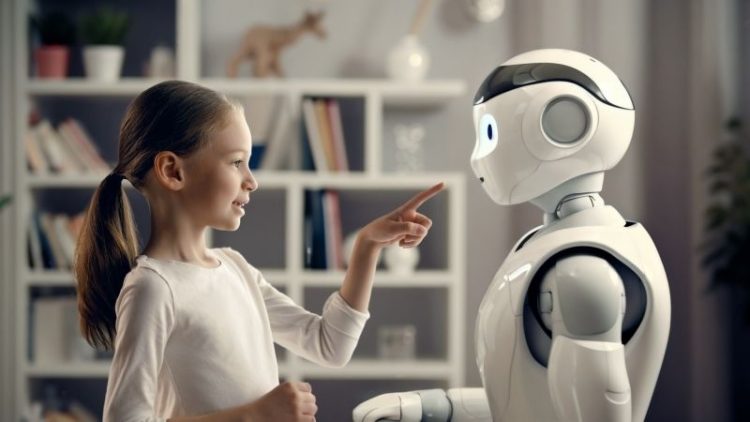Artificial Intelligence (AI) is redefining the global education landscape, offering solutions to challenges that have persisted for decades—chief among them, how to personalize learning at scale. In traditional education systems, content delivery is uniform, assessment is standardized, and teacher attention is limited by classroom size. But AI is changing this model fundamentally, allowing educators and platforms to tailor instruction based on the unique needs, preferences, and pace of individual learners.
This article explores the technologies driving AI-powered personalized learning, the measurable outcomes they’re achieving, and notable case studies that demonstrate how such innovations are being implemented in real educational settings.
I. The Need for Personalized Learning
Each student learns differently. Some grasp concepts quickly, others need repetition. Some prefer visual instruction, while others thrive on discussion. Yet traditional classrooms, designed for efficiency, rarely accommodate such diversity. Personalized learning aims to:
- Address knowledge gaps more precisely
- Adapt instruction to individual learning styles
- Increase student engagement and motivation
- Support diverse learners, including those with disabilities or language barriers
The challenge has always been: how can personalized learning be delivered to large groups without overburdening educators? AI is now answering that question.
II. Core AI Technologies Powering Personalized Learning
1. Adaptive Learning Algorithms
Adaptive learning systems use AI to assess a student’s current level of knowledge and dynamically adjust the content, pacing, and difficulty of materials in real time.
- Example: DreamBox Learning (U.S.)
DreamBox is an adaptive math platform that tailors each student’s journey based on their problem-solving patterns, not just right or wrong answers. It analyzes over 48,000 data points per student per hour, adjusting lesson complexity accordingly.
2. Natural Language Processing (NLP)
NLP allows systems to understand, evaluate, and generate human language. This enables AI to analyze student essays, provide writing feedback, and offer explanations in conversational formats.
- Example: WriteToLearn
This tool assesses student essays for structure, grammar, content relevance, and vocabulary. It gives immediate, personalized feedback that helps learners improve writing over time.
3. Intelligent Tutoring Systems (ITS)
These AI systems simulate one-on-one tutoring by tracking student responses, identifying misconceptions, and providing step-by-step guidance.
- Example: Carnegie Learning’s MATHia
MATHia breaks math problems into granular skills and uses AI to tutor students through each, offering personalized hints and remediation strategies.
4. Machine Learning for Predictive Analytics
AI systems can analyze past and real-time data—attendance, assessments, behavior—to predict student performance, identify at-risk individuals, and suggest interventions.
- Example: Georgia State University
By applying predictive analytics, the university increased graduation rates and reduced achievement gaps by proactively advising students flagged as academically vulnerable.
5. Conversational AI and Chatbots
AI-powered virtual assistants are used to answer questions, explain concepts, and provide emotional support, especially useful in self-paced online learning environments.
- Example: Century Tech (UK)
Century uses AI to create a personalized learning path and an AI assistant that offers micro-feedback and recommends content based on student performance and cognitive load.
III. Successful Real-World Implementations
A. Squirrel AI (China)
One of the most advanced examples of AI-driven personalized learning, Squirrel AI uses deep learning algorithms to identify a student’s knowledge state across thousands of micro-concepts. The platform adapts teaching paths in real time and delivers tailored content based on frequent assessments.
- Impact:
- Improved test scores by 30–50% in pilot studies
- Served over 2 million students across 2,000+ learning centers
B. Knewton (U.S.)
Knewton offers an adaptive learning engine used by various educational publishers and institutions. It provides each student with a learning path designed to fill gaps and strengthen weak areas while respecting individual pace.
- Impact:
- Students using Knewton in remedial math courses at Arizona State University achieved higher pass rates than those in traditional classes
C. AltSchool (U.S.)
Although no longer operating as a school, AltSchool pioneered personalized education models using AI to track student goals, behaviors, and outcomes. Teachers used dashboards powered by machine learning to design individualized daily plans.
- Impact:
- Provided proof of concept that AI-enhanced micro-assessments can drive curriculum in near real time
D. Smart Sparrow (Australia)
Smart Sparrow offers adaptive e-learning tools particularly in higher education and STEM. Its AI system allows instructors to create adaptive lessons that respond to student behavior with immediate feedback and branching pathways.
- Impact:
- Used in global medical education to help students master complex clinical reasoning
IV. Benefits of AI-Driven Personalized Learning
- Efficiency in Learning
Students spend less time on content they already understand and focus on areas needing reinforcement. - Higher Engagement and Motivation
When content matches a student’s ability and interests, motivation and persistence increase. - Data-Driven Interventions
Educators can use real-time data to adjust teaching strategies or intervene before students fall behind. - Scalable Individualization
AI offers the benefits of 1:1 instruction across entire classrooms or institutions, something previously impossible. - Support for Teachers
AI doesn’t replace teachers—it supports them by automating grading, tracking progress, and surfacing insights.
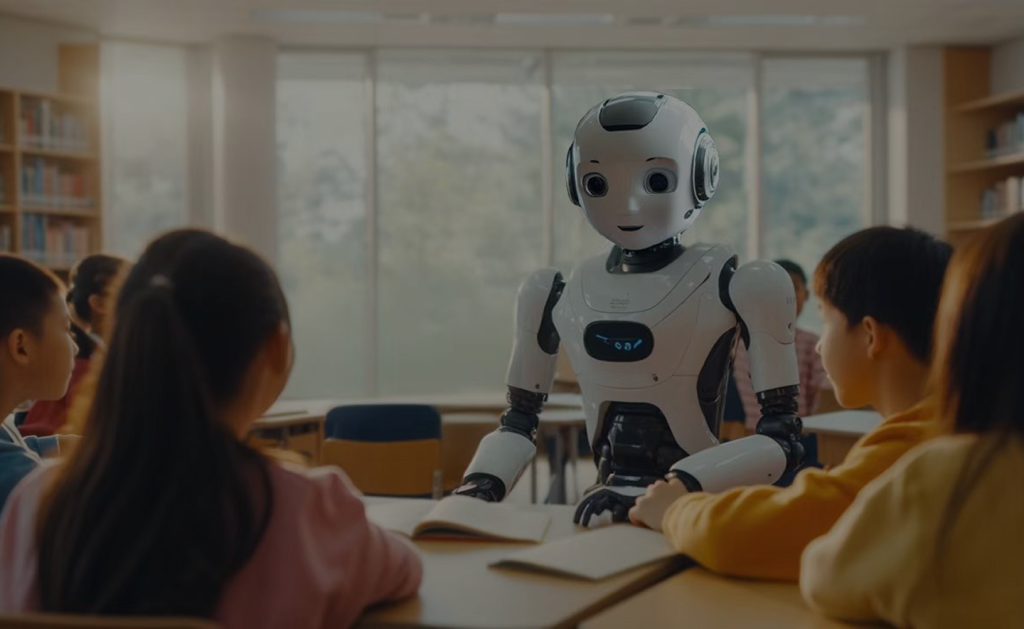
V. Challenges and Limitations
- Data Privacy and Security
Personalized AI requires sensitive learner data. Protection under regulations like FERPA, GDPR, and local laws is essential. - Bias in Algorithms
AI trained on biased data may reinforce existing inequalities, particularly affecting underrepresented learners. - Access and Equity
Students in underserved communities may lack the infrastructure (devices, internet) to benefit from AI-based learning. - Over-Reliance on Automation
There is a risk of reducing human relationships in learning, which are vital for empathy, curiosity, and social development. - Pedagogical Alignment
AI tools must be integrated with sound teaching methods. Technology alone doesn’t improve learning without intentional design.
VI. The Future of AI-Personalized Education
As generative AI, multimodal interfaces, and emotion-aware systems evolve, the personalization of education will become more nuanced and holistic. Emerging innovations may include:
- AI learning companions that guide students from K–12 to college and lifelong learning
- Emotion-sensing systems that adapt difficulty or tone based on student stress or engagement
- Personalized AR/VR learning environments tailored to individual learning styles
- Cross-lingual adaptive content, breaking language barriers for global learners
The potential for AI in education is not simply about automation—it’s about intelligence augmentation, supporting both students and teachers in ways that were previously impossible.
Conclusion
Artificial intelligence is not a futuristic vision in education—it is a present reality that is reshaping the way we teach and learn. Personalized learning, once considered too complex and resource-intensive, is now scalable and effective thanks to AI-driven tools.
The success of platforms like Squirrel AI, Knewton, and MATHia demonstrates that AI can close knowledge gaps, enhance student motivation, and support teachers with actionable insights. However, careful attention must be paid to ethical deployment, privacy, and accessibility to ensure these tools serve all learners equitably.
As education systems worldwide continue to adopt and refine AI-powered personalization, the ultimate goal remains the same: to empower every student to learn in the way that works best for them—intelligently, ethically, and inclusively.





